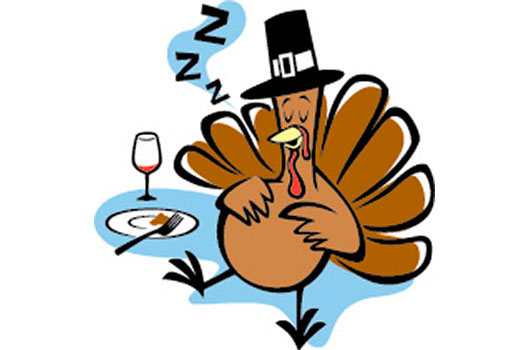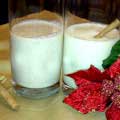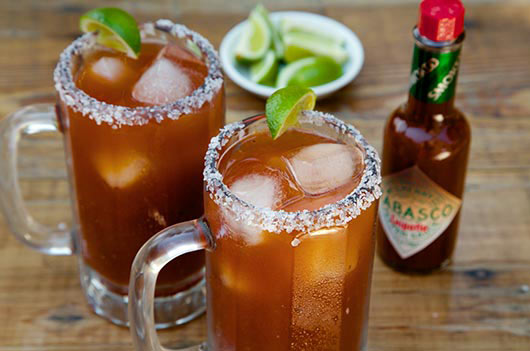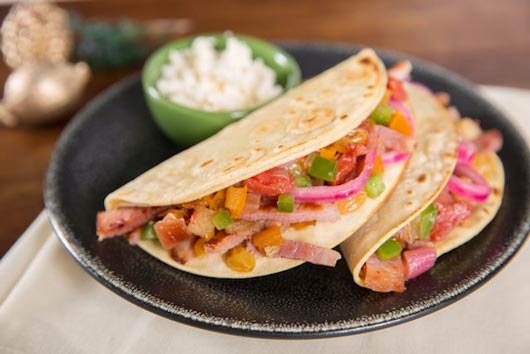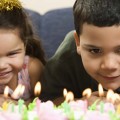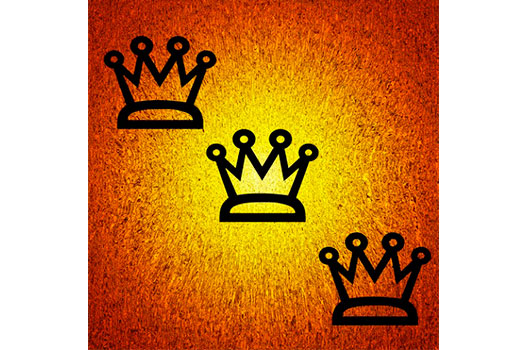
January 6 marks El Día de los Reyes Magos, or Three Kings Day in Spain and many Latin American countries. Children wake up that day excited to see whether Melchor, Gaspar y Baltasar have left them toys if they behaved, or coal if they were naughty.
WHERE IT ALL STARTED
The tradition originated in the Bible, specifically in the Gospel of St. Matthew, which mentions three Jewish wise men who visited Jesus after his birth, in order to recognize him as the king of the Jews. They came from the east and went to Bethlehem guided by a star, bringing baby Jesus three gifts: gold (representing his royal nature), incense (to celebrate his divinity) and myrrh (used to embalm the dead and a reference to the human side of Jesus). But before they reached their destination, Herod stopped them in Jerusalem and asked them to let him know the child’s exact location once they found him—allegedly because he wanted to pay him a visit too. An angel appeared to the Three Kings and warned them of Herod’s real intentions to kill Jesus. So they changed their route to go back home after their visit, but unfortunately could not prevent Herod from ordering the Massacre of the Innocents.
THE MOST MAGICAL NIGHT OF THE YEAR
El Día de Reyes Magos is the most magical day of the year for Spanish children. In most large cities, the celebration begins the evening before with a grand parade during which the Kings and their pages greet the thrilled children and toss candy as they walk. That night, the kids go to bed early, but not before leaving their shoes in the living room for the Kings to deposit their gifts in them. They also leave a glass of milk or water and a sweet treat for the camels, to help them regain their strength after such a busy night. In the morning, the kids bounce from their beds to see if the Kings have brought the gifts they asked for weeks before in a letter. Although tradition holds that naughty kids receive coal in their shoes instead of gifts, the truth is that the Three Kings are usually quite generous.
Later in the day on the 6th, the family gathers to eat a Roscón de Reyes with hot chocolate. It is a type of sweet pastry that is only baked for this particular holiday. Inside it there is usually both a clay figurine and a bean. Whoever finds the figure has good luck for the year, and whoever finds the bean has to pay for the roscón.
EL DIA DE REYES IN LATIN AMERICA
In Latin America and among Hispanics in the United States, the tradition of the Reyes Magos is losing popularity and being replaced by Santa Claus. But some Latino countries still celebrate el Día de Reyes.
In Peru, on the night of January 5, children leave their letters to the Three Kings in their shoes next to the Christmas tree. In Puerto Rico, children cut fresh grass and put it in a shoebox next to their beds for the camels of the Kings. Of course, the royal camels are so hungry that they devour their snack, while the Kings place the toys under the Christmas tree.
In Mexico, the family shares a rosca de Reyes (sweet bread made with butter and orange flower, very similar to the Spanish roscón) decorated with candied fruit. Within the rosca there is a small figure representing the baby Jesus. The person who finds it is responsible for throwing a party on February 2, el Día de la Candelaria, offering tamales and atole.
Definitely, el Día de Reyes is a Latin tradition worth preserving, both for its Biblical origins and the special appeal it holds for children. January 6 is a day to believe in magic, no matter how old we are!

